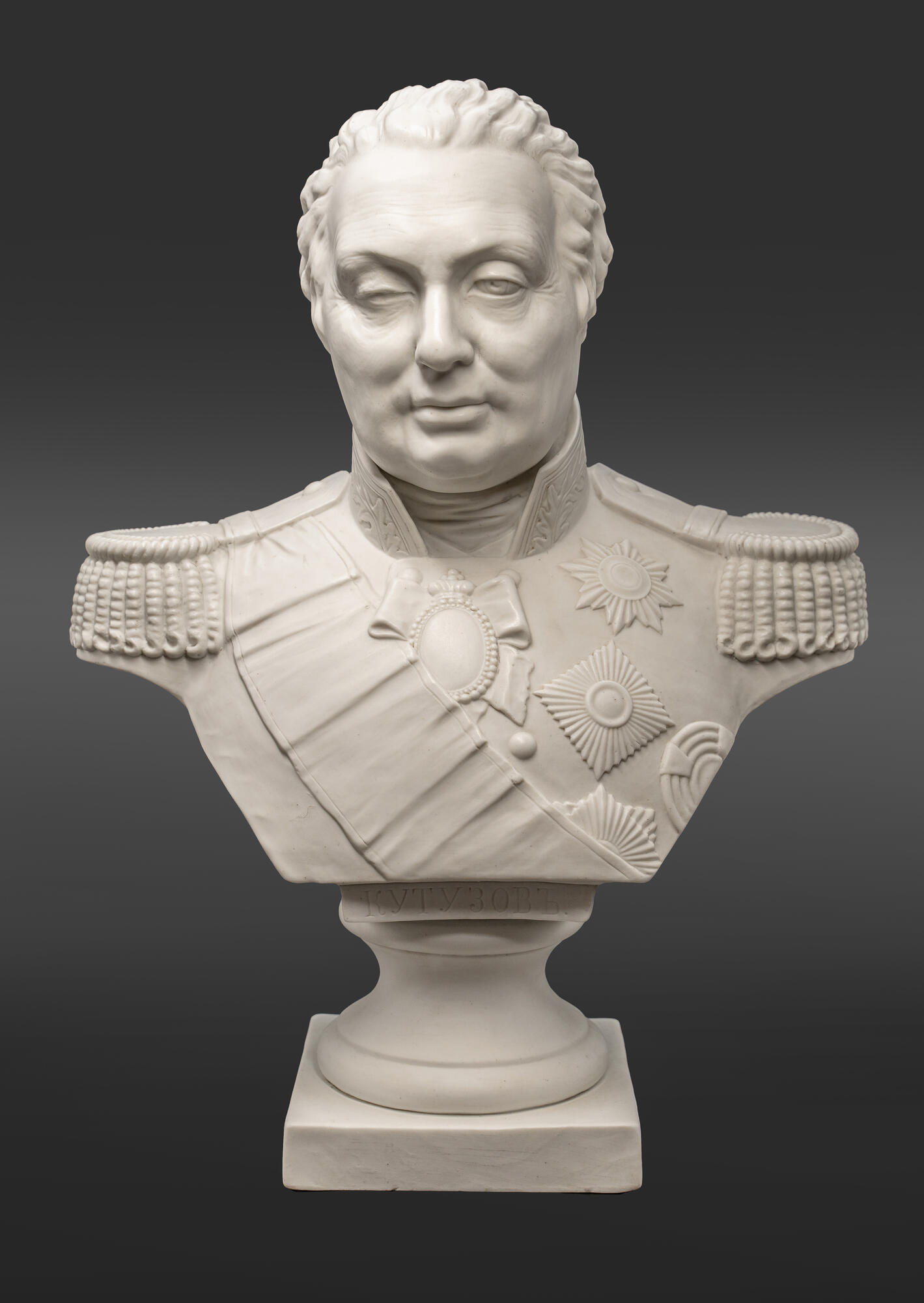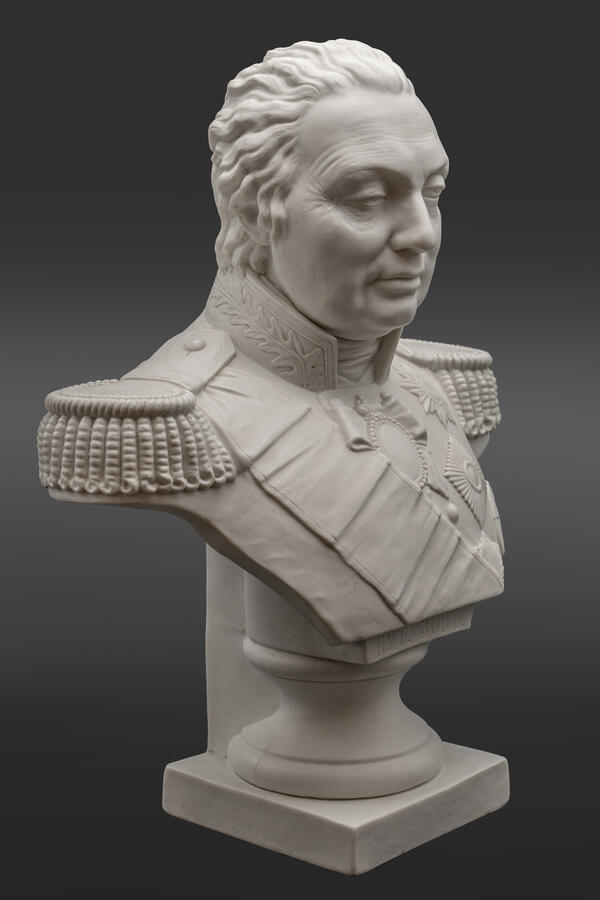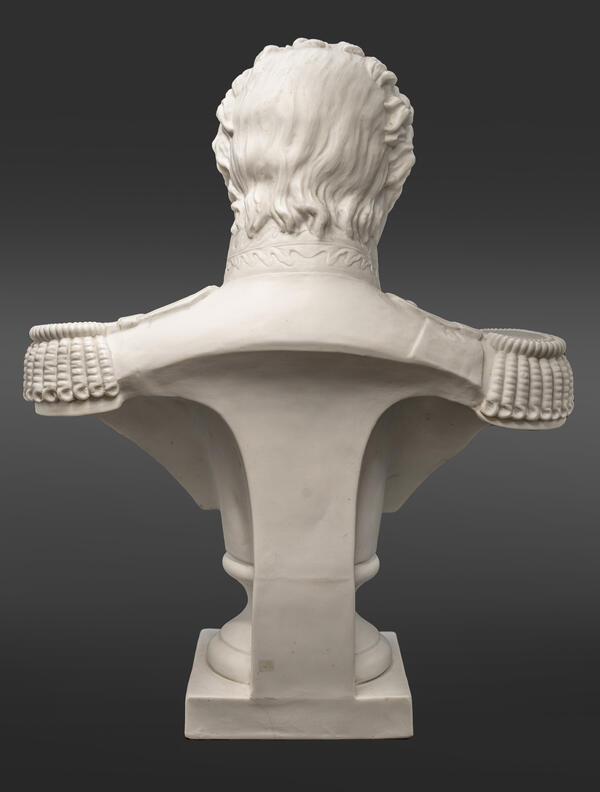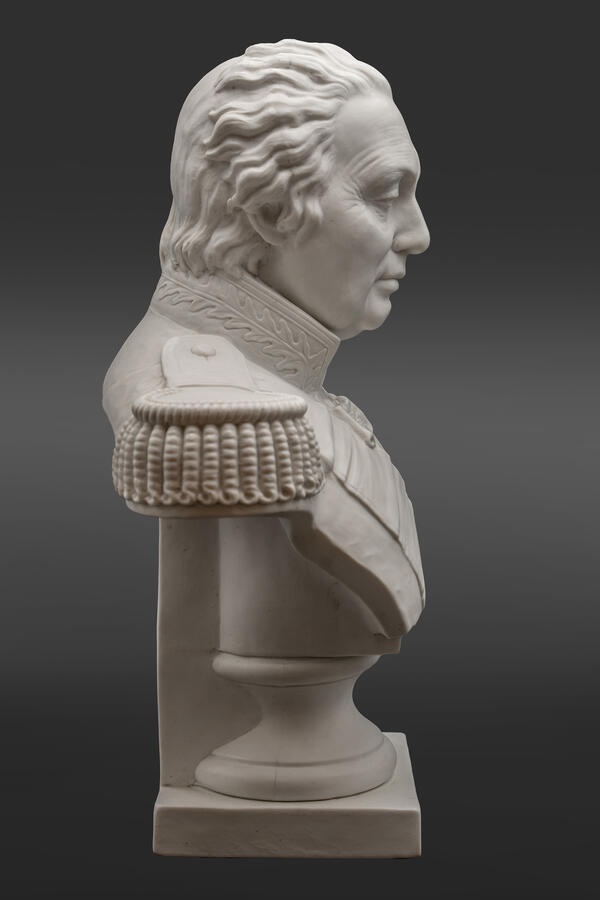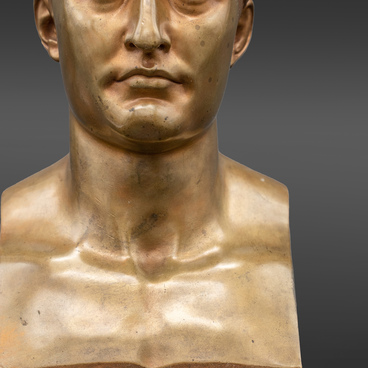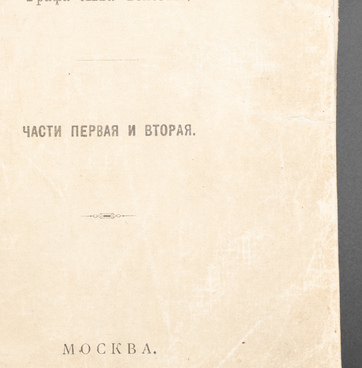The bust of Mikhail Kutuzov was made at the Francis Gardner porcelain factory in the year of the 100th anniversary of Russia’s victory in the Patriotic War of 1812. Mikhail Illarionovich Kutuzov was a Russian military commander, diplomat, and field marshal from the Golenishchev-Kutuzov family, who were distant relatives of the Tolstoys. He was born in the family of a lieutenant-general and graduated with honors from the Artillery and Engineering Gentry Corps. At the age of 16, he was appointed company commander of the Astrakhan Infantry Regiment.
The future general gained major combat experience during the Russo-Turkish wars, where he fought under the command of generals Pyotr Rumyantsev and Alexander Suvorov. In August 1805, during the War of the Third Coalition, he was appointed Commander-in-Chief of the Russian army. In the battle of Austerlitz, Kutuzov was defeated and narrowly escaped captivity, although Emperor Alexander I was the one actually guiding the strategy.
At the beginning of the Patriotic War of 1812, Kutuzov was elected head of the St. Petersburg and later the Moscow militia. As commander-in-chief, he fought against Napoleon in the Battle of Borodino and then surrendered Moscow without a fight. Two-thirds of the capital was destroyed by the fire but in the end, Kutuzov made the right call. Having strengthened the troops and organized a partisan movement, Kutuzov defeated Napoleon and forced the Grande Armée to flee from Russia. Kutuzov received the title of Prince of Smolensk and was awarded the highest military order — the Order of St. George First Class.
At the beginning of 1813, Kutuzov led military operations in Poland and Prussia to rid Europe of the Napoleonic yoke, but sudden illness and death disrupted his plans. Kutuzov’s body was embalmed and transported to St. Petersburg, where he was buried in the Kazan Cathedral. In the finale of the novel “War and Peace”, Leo Tolstoy writes about the death of Kutuzov: